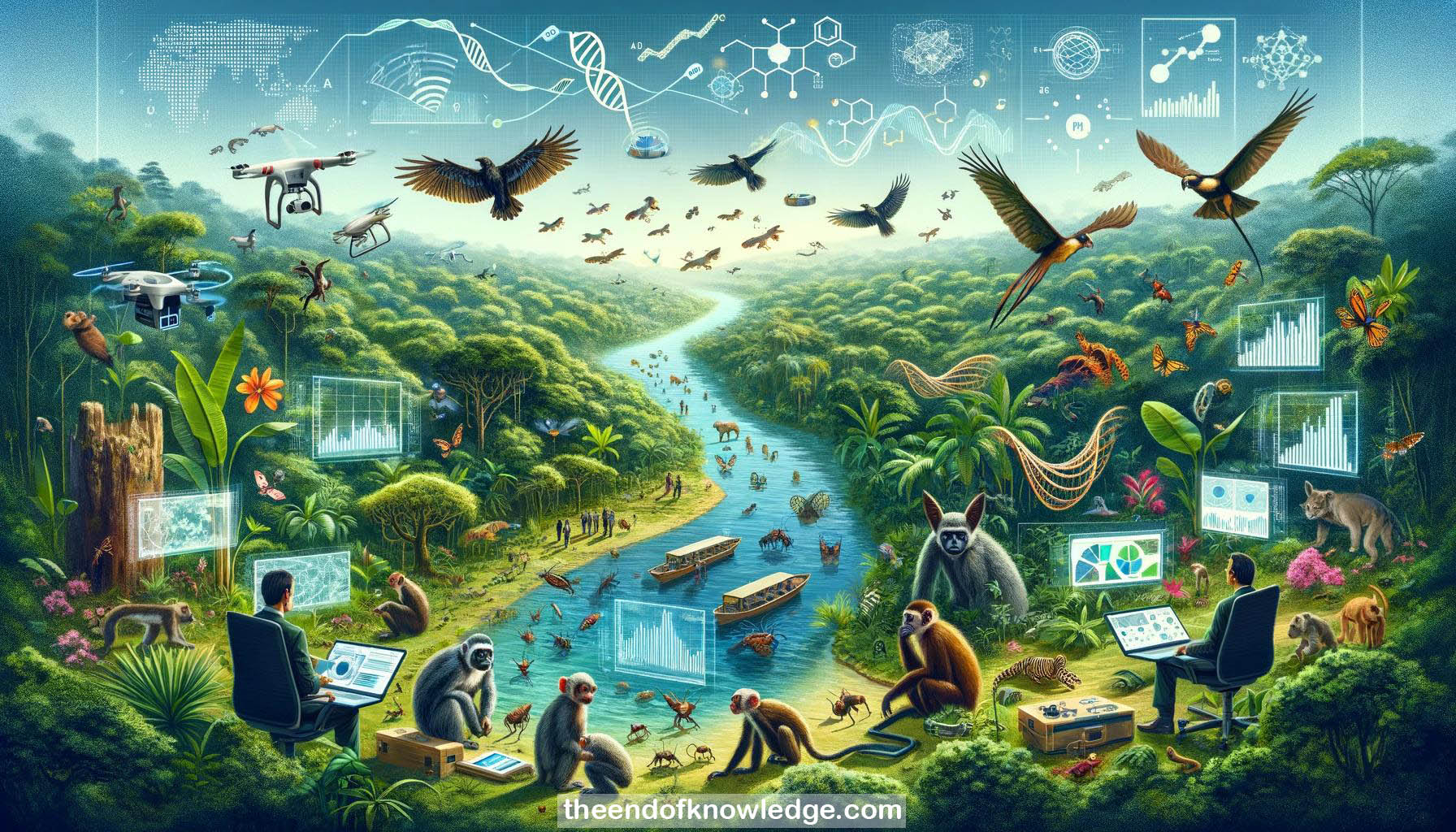 >
>
Concept Graph & Resume using Claude 3 Opus | Chat GPT4o | Llama 3:
Resume:
1.- Nature Metrics uses environmental DNA (eDNA) to unlock the world's biodiversity data layer and enable AI/ML to understand environmental impacts.
2.- Kat Bruce founded Nature Metrics after her PhD supervisor Doug Yu introduced eDNA sequencing as a faster way to assess biodiversity.
3.- Insects are good environmental indicators but identifying them is slow. eDNA allows sequencing thousands together to rapidly assess diversity.
4.- Kat wanted to apply eDNA beyond academia to real-world challenges. Nature Metrics makes it accessible for environmental management.
5.- eDNA provides biodiversity data at unprecedented scales, e.g. mapping 650 Amazon species from one river sampling trip.
6.- Biodiversity is complex with interconnected species responding to many variables. Monitoring a few species misses patterns until major declines occur.
7.- Most biodiversity is small organisms like insects, soil organisms and microbes that drive ecosystems. Assessing biodiversity must account for them.
8.- eDNA combined with AI could profile how communities change along a gradient from pristine to degraded ecosystems.
9.- This allows placing a sample on the gradient to track ecosystem health simply, linking it to the complex ecology underneath.
10.- Doug focuses on using eDNA and AI to build constantly updated global biodiversity maps to direct activities to lower impact areas.
11.- Shifting the world's $90 trillion annual economic activity to be nature-positive requires detailed biodiversity data accessible to all.
12.- Current biodiversity data is limited - we need a "city planner's map" interpolated from eDNA and remote sensing using neural networks.
13.- Detailed, AI-generated biodiversity maps could make accounting for biodiversity a routine business practice rather than a rare, heroic effort.
14.- eDNA avoids human-generated noise that hampers some environmental monitoring. Algorithms can identify and exclude human DNA contamination.
15.- Salmon DNA from human food waste can end up in rivers and be mistaken for wild salmon - an issue for eDNA analysis.
16.- eDNA collection is simple enough for citizen science. This enables cost-effective, continuous monitoring to track seasonal patterns and human impacts.
17.- Lack of observing wildlife doesn't mean absence. eDNA detects rare species, exciting for tourism and conservation.
18.- No ecosystems are pristine due to human impact over time. eDNA must be benchmarked against the best available habitats.
19.- Ancient DNA preserved in marine sediments could recreate pre-human ecosystems as a baseline. Research is exploring this possibility.
20.- Nature Metrics collaborates widely, including a program with the IUCN to map global biodiversity with 30,000 eDNA samples over 3 years.
21.- The eBioAtlas will provide data to integrate biodiversity into global finance and support the post-2020 UN biodiversity framework.
22.- Climate change is the top priority. Biodiversity can help via restoration increasing carbon sequestration, if done accounting for whole ecosystems.
23.- Restored habitats need all trophic levels, not just vegetation, to survive long-term and deliver carbon storage. eDNA guides this.
24.- Visualizing multi-dimensional eDNA data and its uncertainty is challenging but crucial to inform decision-making. Nature Metrics is hiring visualization experts.
25.- The goal is an always-updated biodiversity "sat nav" to guide management, enable clear targets, and hold stakeholders accountable.
26.- eDNA data can be independently verified, building trust to get efficient solutions, overcoming suspicion from proprietary datasets.
27.- Nature Metrics aims to make biodiversity data accessible and trusted so accounting for nature becomes a routine business practice.
28.- AI for Good has upcoming discussions on AI for sustainable fashion, celebrating AI startups, and accelerating climate science.
29.- The AI for Good Discovery series on Climate AI will feature Ban Ki-moon, Turing Award winners, IPCC representatives and Oxford academics.
30.- AI for Good has year-round online programming beyond the annual summit. Updates are on their website AIforGood.itu.int and social media.
Knowledge Vault built byDavid Vivancos 2024